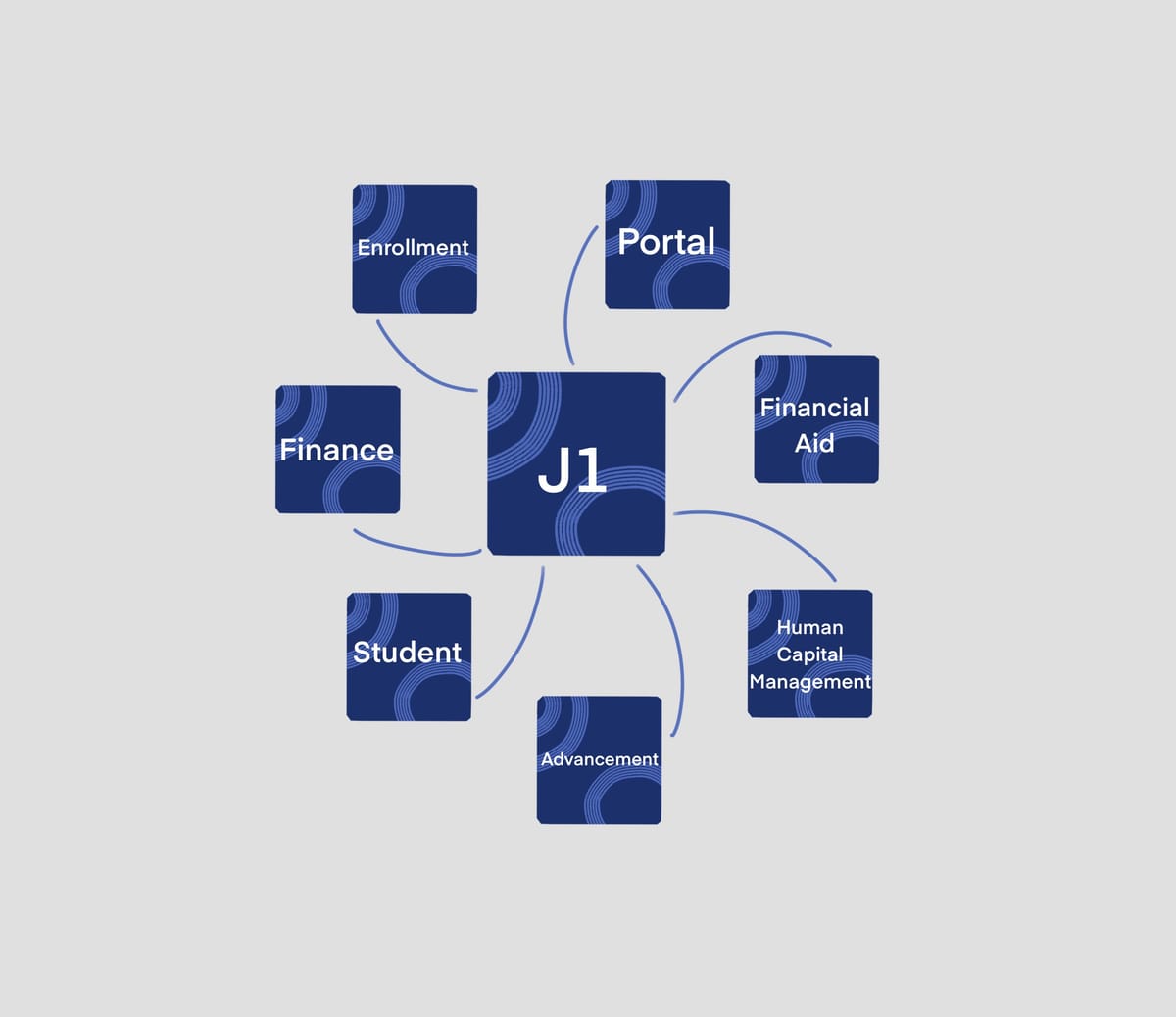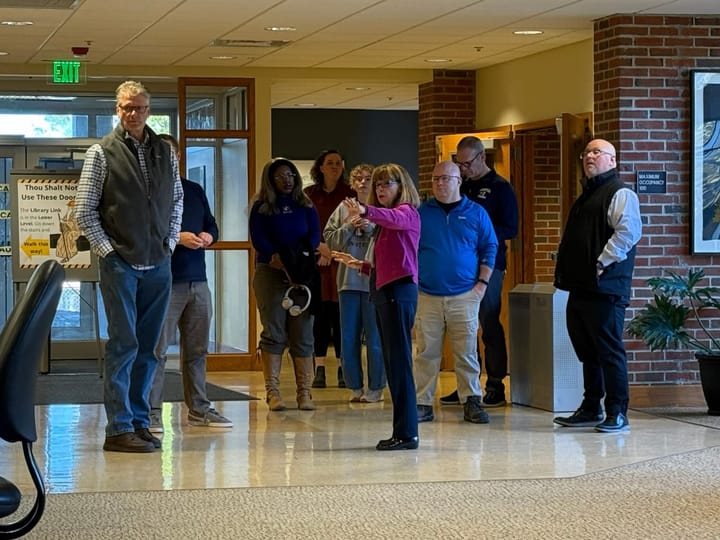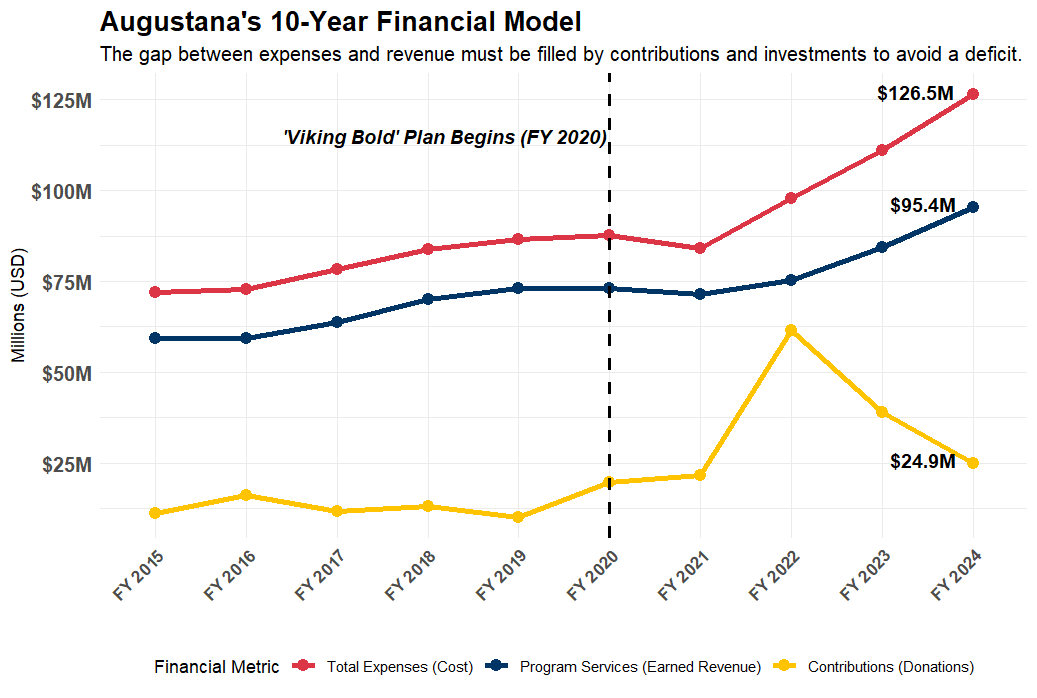J1 software to launch campuswide

Throughout Oct. 2025, Augustana will begin the most important stages of a multiyear plan to switch information systems from Jenzabar CX (CX) to the newer Jenzabar 1 (J1).
Augustana’s decision came after its vendor company Jenzabar’s unexpected announcement in Dec. 2022 that the university’s primary information system, CX — which Augustana has used since 1988 — would “sunset,” or no longer receive updates, beginning May 2024.
This meant that the longer Augustana continued to use CX, the more obsolete it would become.
Following an evaluation period in 2023, Augustana resolved to stay with Jenzabar in part because J1 is designed specifically to serve universities.
Vice President of Innovation Peter Folliard said that Jenzabar also proved to be a comparatively cost-effective option, despite being “a multimillion-dollar investment.”
Folliard noted that J1 also has the advantage of being web-based and cloud-hosted rather than application-based like CX, meaning users can access the system anywhere, stay automatically updated and handle growth without having to manually upgrade infrastructure.
After the decision was made to switch to J1 and a contract was signed with Jenzabar in Sept. 2023, offices across campus began training on the new system in preparation for the fall 2025 switch. This resulted in an additional workload for many.
“It’s like an all-hands-on-deck approach, and it’s all happening behind the scenes,” Provost Joel Johnson said. “This isn’t something that gets splashy headlines. It’s not something where you get a parade if it works well. It’s just something that has to be done.”
The Registrar’s Office faces a number of obstacles this year including training new staff, changes to Augustana’s core curriculum and management of Augustana’s largest-ever student body, all in addition to J1 work.
Despite these challenges, Registrar Ann Kolbrek remains optimistic.
“The good news is that I don’t think we know yet all the improvements that we’re going to see,” Kolbrek said. “With any new system, there’ll be things that we’ve just gotten used to doing that maybe we’ll miss but won’t realize the new, shiny replacement.”
One improvement that Kolbrek does expect is streamlining of registration times.
In previous semesters, her office was forced to schedule students at every hour for registration throughout multiple days to avoid overloading CX. Because J1 is capable of handling far more students at once, that will not be necessary this fall: Students will be scheduled for a registration time according to their year.
Folliard said that the process might be “painful” at first. Before J1 is implemented, it is difficult to predict the complications that may arise.
Still, Johnson pointed out that fitting information into a system is a better long-term foundation than trying to mold a system to fit information, which Augustana has done with CX for over 30 years.
This has led CX’s current patchwork design of many unrelated components. J1 has an integrated design. This results in more efficient communication between J1’s subcomponents.
Folliard warned that the launch timeline plans for a “go-dark” period in the middle of October — the week following midterms — during which neither CX nor J1 is active.
Students will be unable to access the academic portal at this time; the academic planner will remain unavailable through spring registration.
Kolbrek stressed that this change from past registrations will require students to plan ahead with advisers and print or write down relevant information.
She remained confident, though, that students would be able to “do all the things that feel comfortable” when registering for the spring. J1’s user interface — while largely the same — even includes a calendar in which students can see how the classes they’ve chosen fit together.
“I think just the idea that it’s new and different is more scary than it actually is, if that makes sense,” Kolbrek said.
As hundreds of hours of work from dozens of people finally come into effect, Johnson said that patience is going to be key.
“I think the important thing during that transition time, and then especially afterwards, is for everyone — faculty, students, staff — to just take a deep breath and realize that problems can be fixed,” Johnson said.



